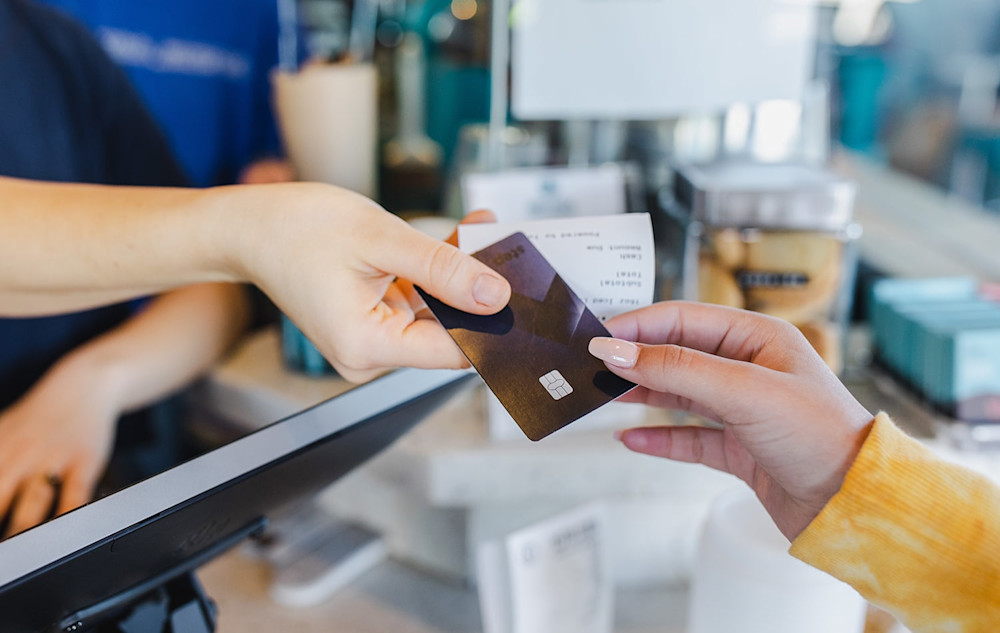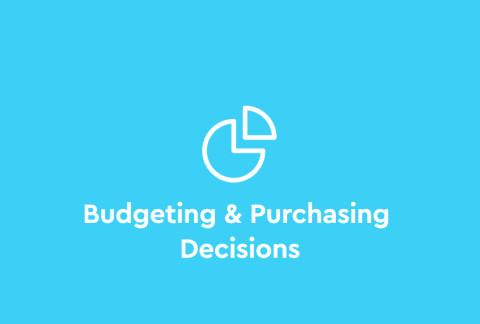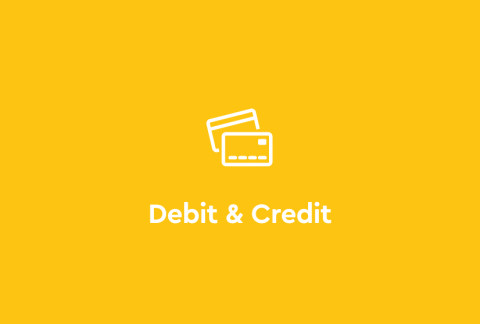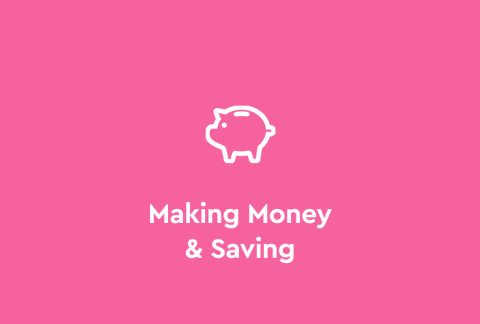How to spend money wisely in your teens

Wants vs. needs: Know the difference
Your first step in spending money wisely is to come up with a plan. This includes breaking down what you absolutely need to spend on (needs) and things you’d just like to have (wants). Both wants and needs tend to fall into two categories: Short-term goals and long-term goals.
Wants
You might have short-term goals in the want category like grabbing coffee with your friends every Friday, or long-term goals like saving up for a new gaming console. Writing down these kinds of goals and putting them in order of importance can help you figure out how to save for them. This strategy can keep you from buying something you don’t really need.
Needs
Of course, before you begin saving for short- and long-term wants, you’ll have to make sure you have enough money for your needs, like your cell phone bill, gas to get to work or your college savings. Only after you’ve paid for your needs can you carve out some money for wants.
Create a spending plan
To figure out all of the above, you’re going to need to put it all together in a place you can see easily. This process is called creating a budget. Budgets help you track what you earn, what you spend, where you spend it and how much you have left over to save toward achieving the goals in your financial plan.
There are lots of budgeting apps out there, but you can create a simple outline on paper or your computer.
Here are the basics for creating a budget:
Start with ‘why’. This is your plan, so make sure to write down what you want to achieve. This could be having enough money for your daily needs and still go out on the weekends with friends, buying your first car, saving for college, or all three.
Track your money. Look through your income, paychecks and allowances, your expenses and all your spending over the last few months. Label your expenses as either need or want.
Create your plan. Now look at the next month and fill in what income you can rely on receiving. Add your expenses —needs only — and calculate what is leftover. Use this amount to see how much you can contribute to your goals. Find the balance of near-term wants versus achieving your near-, mid- and long-term goals.
Keep adjusting. Life can be unpredictable and your plans can be easily adjusted to and still achieve your goals. Got a new job that pays more, take a look at your plan and make changes. Have an emergency expense? No problem. Make some adjustments to get back on track.
Making smart money decisions
It’s easy to get caught up in trying to have the latest, coolest things, but people who are financially successful share a common secret: They pay themselves first. What that means is, anytime you get money — whether you earn it or it’s given to you — you set some aside to save instead of spend. This way, you won’t be tempted to blow through your savings with impulse buys or low-priority purchases. Instead, contribute to your goals first, making sure you’ll have enough to pay for the things you really want in the future.
Another smart money step is to keep your savings account separate from your checking account. If all your cash is in the same account, it can be hard to tell what’s savings and what’s fair game for a weekend shopping spree. By keeping them separate, you’ll have a better idea of what you can really afford to spend.
Smart ways to buy things
To spend money wisely, it’s good to consider what financial tools work best for you. All of your options — credit cards, debit cards and cash — have their pros and cons. Let’s break them down:
Credit card
A card linked to a line of credit (kind of like a loan) from a bank that you pay back with interest. You can avoid interest if you pay off your balance in full every month.
Pros
Getting a credit card when you’re young can help you build credit for the future.
Credit cards are convenient for online shopping
They’re secure (if someone steals your information, let the credit card company know right away and you won’t have to pay the charges).
Cons:
It’s easy to spend more than you can pay off each month.
If you can’t pay off your balance each month, you can quickly rack up interest charges that can increase your total debt owed quickly.
Rack up a big enough debt and you may not be able to pay for it.
Debit card
A bank card linked to a checking or savings account that allows you to access your money easily and pay for things in a similar way you’d use a credit card.
Pros:
Like a credit card, you’re paying with plastic, but taking money right out of your bank account instead of borrowing it from a line of credit with the bank.
Cons:
They don’t have the same fraud protections as credit cards, so if someone steals your info, you might not be able to get your money back.
They don’t help you build credit (learn more about why that’s important).
Some banks charge you fees for overdrafting your account.
Cash
Those bills in your pocket and the coins in your penny jar.
Pros:
Cash forces you to physically see money as you spend it, meaning you may think a little bit harder before making an impulse buy.
Cons:
You can’t use cash online or for contactless purchases.
If your cash is lost or stolen, chances are you’ll never get it back.
Unless you write down everything you pay for with cash, it can be more difficult to track where your money is going.
Step has created a new way to pay with the Visa Step Card. You get the convenience of a debit card that protects you from overspending but includes the benefits of a credit card to build positive credit history and give increased protection. The Step Card is a secured card that secures the money you deposit in your Step account as you spend it.
Just remember, learning how to spend your money wisely — and manage your budget effectively — while still in your teens can mean a more successful financial future.








